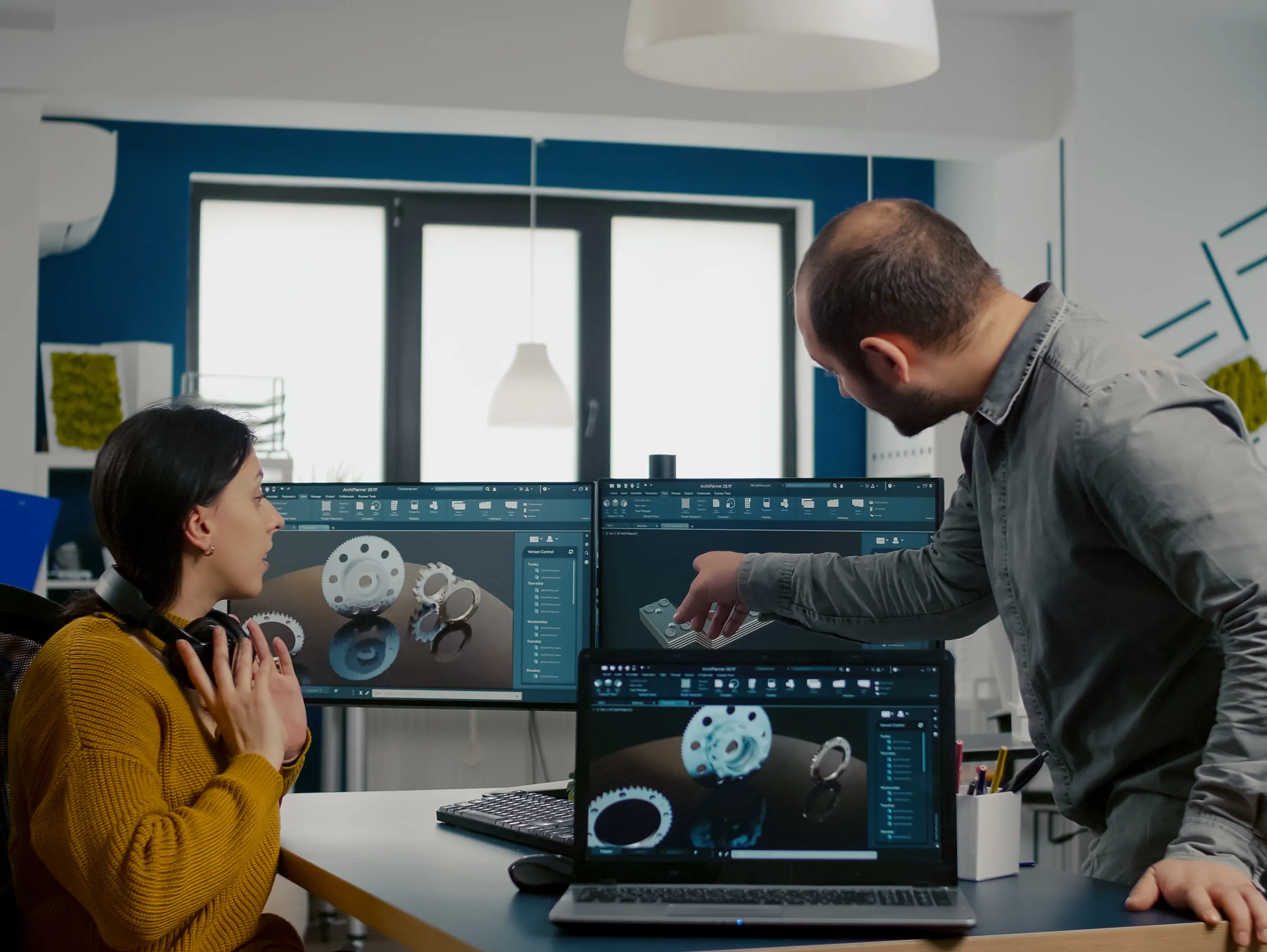The Power of Color in Design
[vc_row][vc_column width=”1/12″][/vc_column][vc_column width=”10/12″][vc_column_text]

Color is one of the most powerful elements of design. It has the ability to evoke emotions, set a tone, and convey a message without the use of words. Whether the goal is to sell a car, a new clothing brand, eco-friendly siding or a cup of coffee, color is one of the keys to evoke the right emotional state to create a connection. It can be used to create a visual hierarchy, draw attention to specific elements, and influence user behavior. As a result, the use of color is an important consideration for designers looking to create a memorable and effective user experience.
The psychological effects of color have been studied for centuries, and the results have shown that different colors can have a profound impact on human emotions and behavior. For example, the color red is often associated with passion, energy, and excitement, while blue is associated with calmness, trust, and security. Green is often associated with growth, peace, and stability, while yellow is associated with happiness, optimism, and playfulness.
In design, the use of color can help to create a mood and evoke emotions. For example, warm colors like red and yellow can be used to create a sense of energy and excitement, while cool colors like blue and green can be used to create a sense of calmness and tranquility. The use of color can also be used to create a visual hierarchy, drawing attention to specific elements and making it easier for users to find the information they need.
The use of color can also influence user behavior. For example, color can be used to encourage users to take a specific action, such as clicking a button or making a purchase. The color of a call-to-action button can have a significant impact on its effectiveness, and designers often use bright colors like red or green to create a sense of urgency and encourage users to take action.
In branding, color is an important consideration as well. The use of color can help to create brand recognition and consistency, making it easier for customers to identify a brand and its products. For example, Coca-Cola is known for its iconic red color, and McDonald’s is known for its golden arches. These colors have become synonymous with the brands, and they help to create a strong and recognizable brand identity.
When it comes to choosing colors for a design project, it’s important to consider the message that the design is trying to convey. For example, if the design is for a financial institution, it may be appropriate to use colors that are associated with trust, stability, and security, such as blue and green.
On the other hand, if the design is for a children’s toy, it may be appropriate to use colors that are associated with playfulness and joy, such as yellow and red.
In addition to choosing colors based on the message that the design is trying to convey, it’s also important to consider the target audience. Different age groups, genders, and cultures may have different preferences and associations with different colors. For example, some cultures may associate the color red with good luck, while others may associate it with danger. Understanding these cultural associations can be important when designing for a global audience.
The use of color can also have an impact on accessibility. For example, some users may have color blindness, making it difficult for them to distinguish between certain colors. In these cases, it’s important to use colors that have high contrast, such as black and white, or to provide alternative ways for users to access the information, such as using text or images instead of color.
In conclusion, the use of color in design is a powerful tool that can be used to evoke emotions, set a tone, and convey a message. By considering the message that the design is trying to convey, the target audience, and the impact on accessibility, designers can use color to create a memorable and effective user experience.[/vc_column_text][/vc_column][vc_column width=”1/12″][/vc_column][/vc_row]




